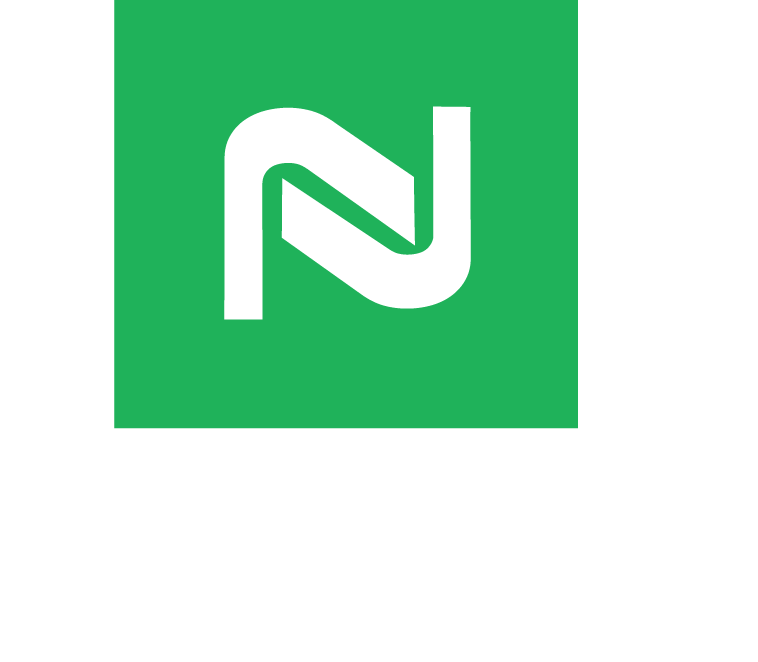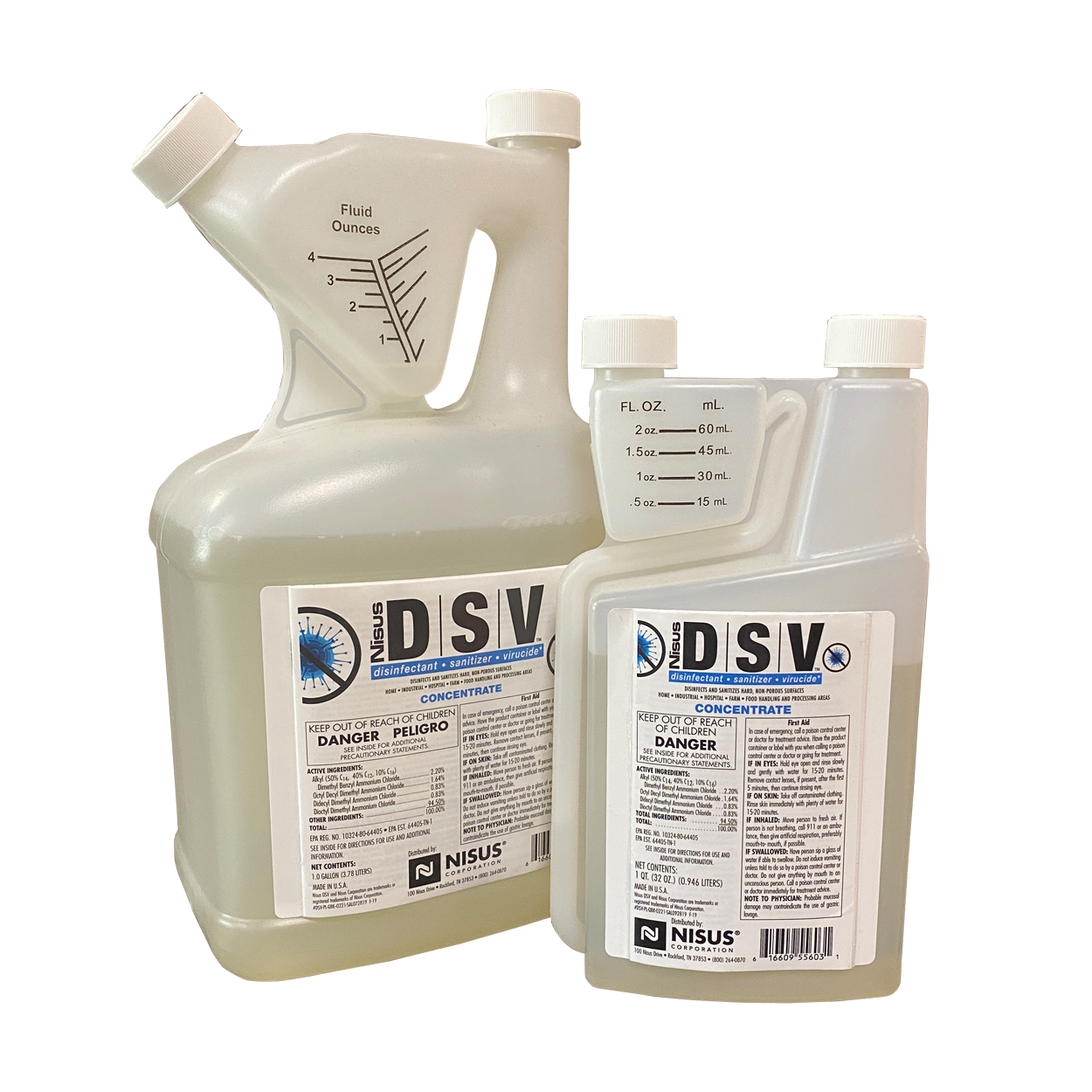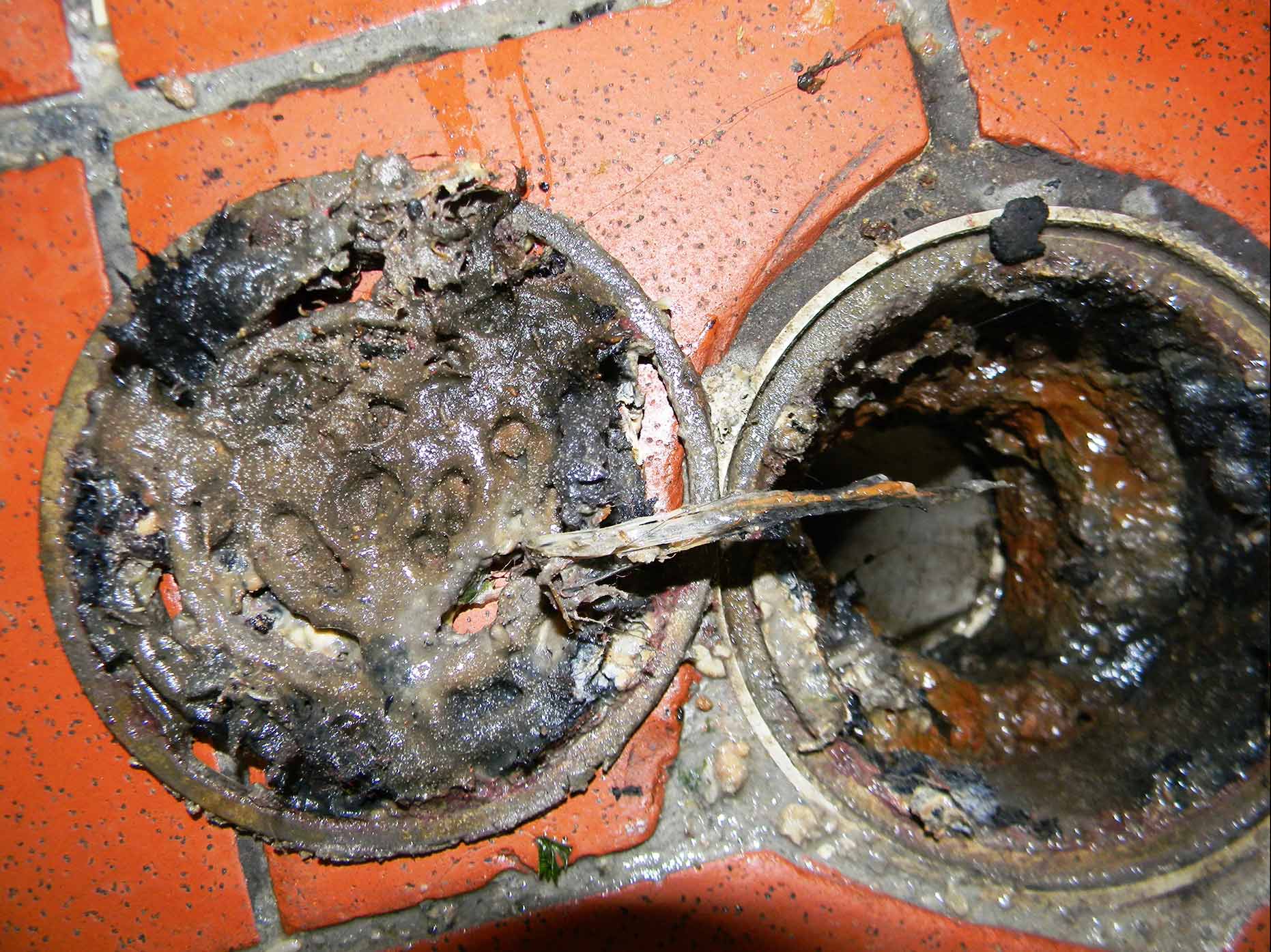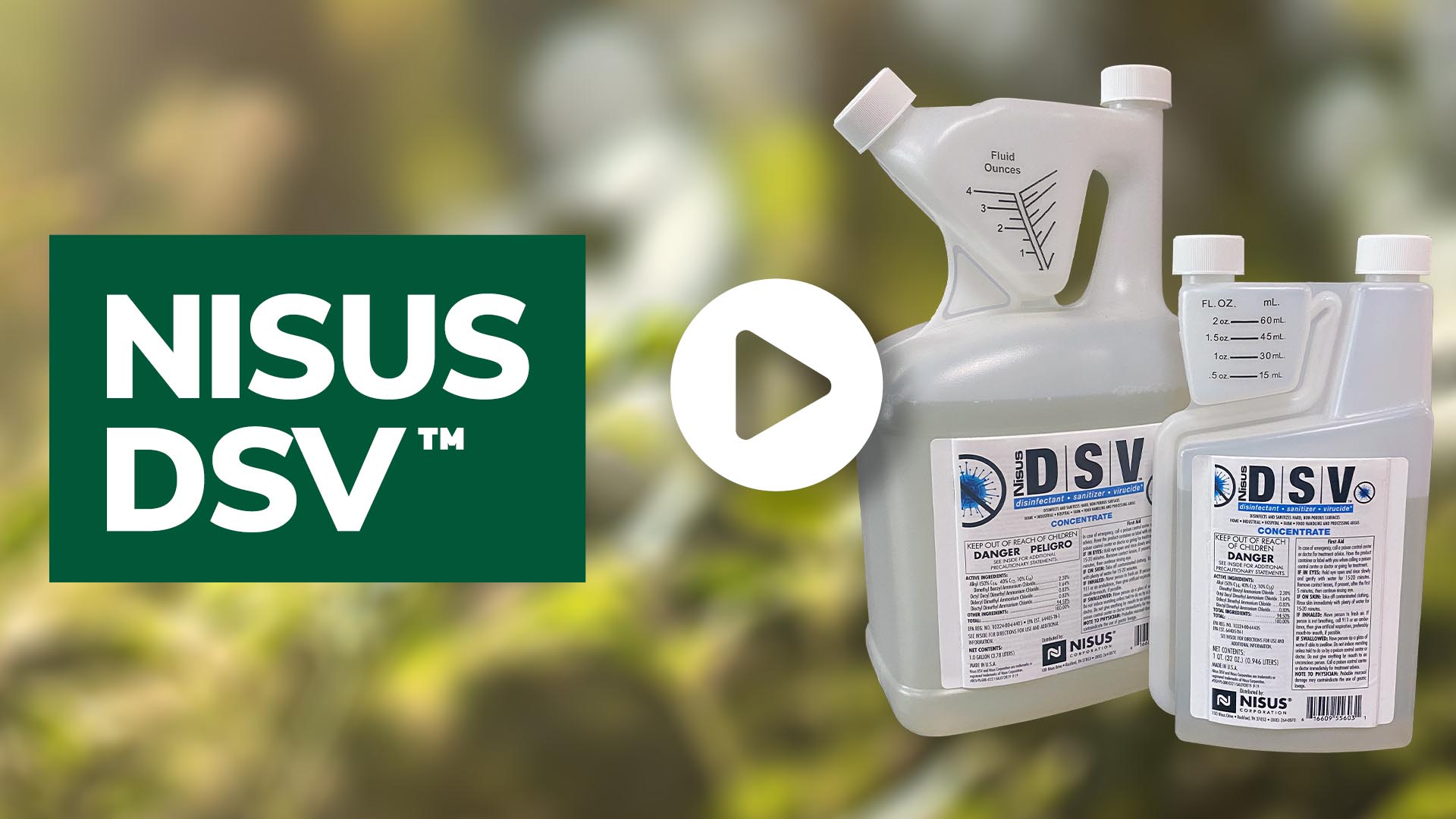UPDATED- April 20, 2020: Nisus DSV added to EPA List N: Products with Emerging Pathogens and Human Coronavirus Claims for Use Against SARS-CoV-2, the virus which causes COVID-19.
Q&A Regarding COVID-19 and Use of DSV | Certification Information | DSV Application Technical Bulletin | DSV Label
DSV™ Disinfectant, Sanitizer, Virucide is a concentrated disinfectant, cleaner, mildewstat, fungicide and sanitizer. Kills a broad spectrum of viruses, bacteria and fungi. Disinfects water damaged areas or public facilities such as schools. Labeled to kill Hantavirus, E. Coli, Hepatitis B and C, Avian flu, staph, strep, SARS-CoV-2 (the virus that causes COVID-19) and many other viruses and bacteria.
WHAT YOU SHOULD KNOW ABOUT NISUS DSV
At a Glance
Disinfectant, Sanitizer, Virucide.
The Solution for Serious Threats To Your Customers’ Health.
This all-in-one solution is a powerful cleaning disinfectant that is highly effective against disease-causing bacteria. But it’s also a sanitizer that can rid an area of germs and fungi that can cause sickness and mold. And it’s a powerful virucide, capable of killing the viruses you’ve read about in today’s headlines, as well as many others that you may not even be aware are stalking your customers’ homes.
DSV At A Glance:
- Kills harmful germs, bacteria, fungi and viruses
- Prevents and eliminates mildew
- Disinfects hepatitis, hantavirus, avian flu, HIV and more
- Highly concentrated. For example, only 3 oz. of DSV per 1 gallon of water makes 131 fluid oz
If you’re treating flood or moisture damaged homes, you need DSV.
If your distributor does not carry this product click here to buy now.
When do you use DSV?
DSV can be used anytime you need to clean and disinfect a compromised environment. For example, use it in the aftermath of a flood to control contamination and disease-breeding conditions.
Use DSV whenever you want to protect the living conditions of a home by removing potentially dangerous organisms.
Your Disinfection Solution
The unprecedented outbreak of COVID-19 pandemic affected all over the world. You can use Nisus DSV for infection control to help prevent the spread of this potentially deadly disease because it is specifically labeled to kill SARS-CoV-2 (the virus that causes COVID-19) as well as Hantavirus, E. Coli, Hepatitis B and C, Avian flu, staph, strep, and many other deadly viruses and bacteria.
DSV can grow new sources of revenue for pest control companies. Be sure to check out the Nisus DSV Presentation to learn more about Nisus DSV. To learn more about DSV and COVID-19, read our Q&A Regarding COVID-19 and Use of DSV. To learn about Hantavirus and how to treat infected areas, view Hantavirus Presentation.
Using DSV in Water Damaged or Flooded Structures
STEP 1:
Remove* all wet, damaged or contaminated material and debris;
STEP 2:
Apply DSV in accordance to label directions
STEP 3:
Clean and rinse if appropriate, or allow to dry
* In the case of hantavirus, spray contaminated area before removing debris.
A Closer Look
DSV kills E. coli, salmonella, staph and more. Below are some of the bacteria and viruses DSV kills. Be sure to check the label for complete directions for use.
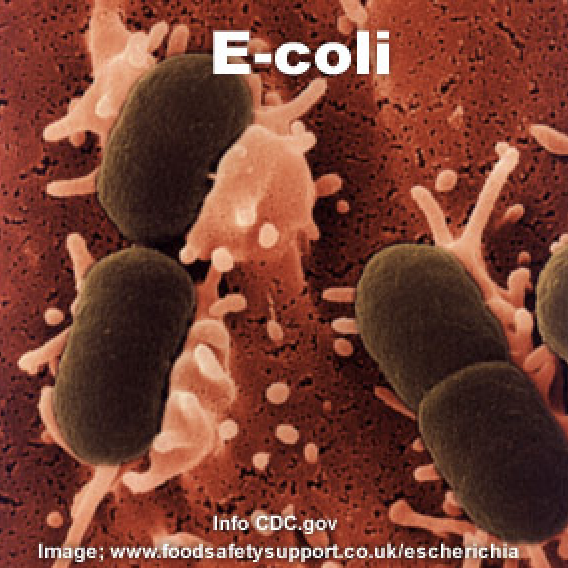
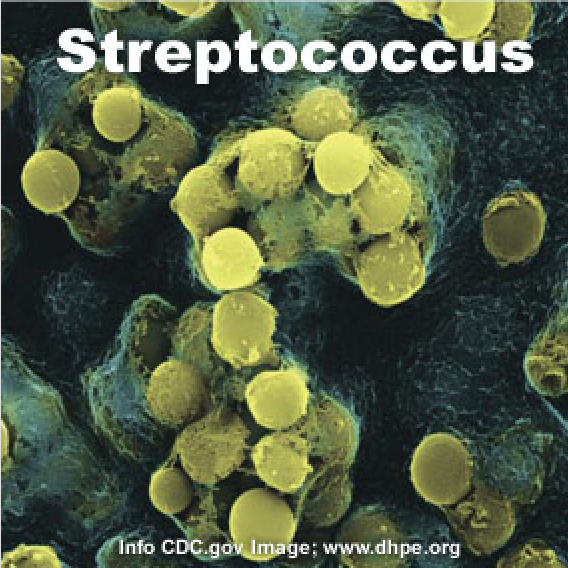

Bacteria:
- Acinetobacter baumannii
- Burkholderia cepacia
- Campylobacter jejuni
- Corynebacterium ammoniagenes
- Enterobacter aerogenes
- Enterobacter cloacae
- Enterococcus faecalis
- Enterococcus faecium VRE
- Escherichia coli
- Klebsiella pneumoniae
- Legionella pneumophila
- Listeria monocytogenes
- Pseudomonas aeruginosa
- Salmonella enterica
- Salmonella enterica subspecies enterica serovar Paratyphi B
- Salmonella enterica subspecies enterica serovar Typhi
- Serratia marcescens
- Shigella dysenteriae
- Shigella flexneri serotype 2B
- Shigella sonnei
- Staphylococcus aureus
- Staphylococcus aureus CA-MRSA
- Staphylococcus aureus HA-MRSA
- Streptococcus pyogenes
Viruses:
- Avian influenza A Virus
- Coronavirus
- Herpes Simplex Virus Type 1
- Herpes Simplex Virus Type 2
- Hepatitis B Virus
- Hepatitis C Virus
- Human Coronavirus
- HIV-1
- Influenza A
- Influenza A Virus
- Respiratory Syncytial Virus
- Rotavirus
- Vaccinia Virus
- Hantavirus
- Norovirus
At a Glance
Disinfectant, Sanitizer, Virucide.
The Solution for Serious Threats To Your Customers’ Health.
This all-in-one solution is a powerful disinfectant application that is highly effective against disease-causing bacteria. But it’s also a sanitizer that can rid an area of germs and fungi that can cause sickness and mold. And it’s a powerful virucide, capable of killing the viruses you’ve read about in today’s headlines, as well as many others that you may not even be aware are stalking your customers’ homes.
DSV At A Glance:
- Kills harmful germs, bacteria, fungi and viruses
- Prevents and eliminates mildew
- Disinfects hepatitis, hantavirus, avian flu, HIV and more
- Highly concentrated. For example, only 3 oz. of DSV per 1 gallon of water makes 131 fluid oz
When you are building a new home, ask your pest control company to sanitize in advance with DSV.
When do you use DSV?
DSV can be used anytime you need to clean and disinfect a compromised environment. For example, use it in the aftermath of a flood to control contamination and disease-breeding conditions.
Use DSV whenever you want to protect the living conditions of a home by removing potentially dangerous organisms.
New Construction
DSV gives builders another option to offer potential homebuyers to whom cleanliness is critical. Your new homeowners can have peace of mind knowing that when they move in, their home has been sanitized against mold, bacteria, viruses and infectious diseases.
Reconstruction
Use it in the aftermath of a flood or similar damaging situations to control contamination and disease-breeding conditions.
How does your pest control company use DSV in water damaged areas?
Using DSV in Water Damaged or Flooded Structures
STEP 1:
Remove all wet, damaged or contaminated material and debris;
STEP 2:
Apply DSV in accordance to label directions
STEP 3:
Clean and rinse if appropriate, or allow to dry
A Closer Look
DSV kills E. coli, salmonella, staph and more. Below are some of the bacteria and viruses DSV kills. Be sure to check the label for complete directions for use.
Bacteria:
- Acinetobacter baumannii
- Burkholderia cepacia
- Campylobacter jejuni
- Corynebacterium ammoniagenes
- Enterobacter aerogenes
- Enterobacter cloacae
- Enterococcus faecalis
- Enterococcus faecium VRE
- Escherichia coli
- Klebsiella pneumoniae
- Legionella pneumophila
- Listeria monocytogenes
- Pseudomonas aeruginosa
- Salmonella enterica
- Salmonella enterica subspecies enterica serovar Paratyphi B
- Salmonella enterica subspecies enterica serovar Typhi
- Serratia marcescens
- Shigella dysenteriae
- Shigella flexneri serotype 2B
- Shigella sonnei
- Staphylococcus aureus
- Staphylococcus aureus CA-MRSA
- Staphylococcus aureus HA-MRSA
- Streptococcus pyogenes
Viruses:
- Avian influenza A Virus
- Coronavirus
- Herpes Simplex Virus Type 1
- Herpes Simplex Virus Type 2
- Hepatitis B Virus
- Hepatitis C Virus
- Human Coronavirus
- HIV-1
- Influenza A
- Influenza A Virus
- Respiratory Syncytial Virus
- Rotavirus
- Vaccinia Virus
- Hantavirus
- Norovirus
Introduction
Disinfectant, Sanitizer, Virucide.
The Solution for Serious Threats To Your Health.
This all-in-one solution is a powerful disinfectant that is highly effective against disease-causing bacteria. But it’s also a sanitizer that can rid an area of germs and fungi that can cause sickness and mold. And it’s a powerful virucide, capable of killing the viruses you’ve read about in today’s headlines, as well as many others that you may not even be aware are stalking your home.
DSV At A Glance
- Kills harmful germs, bacteria, fungi and viruses
- Prevents and eliminates mildew
- Disinfects hepatitis, hantavirus, avian flu, HIV and more
- Highly concentrated. For example, only 3 oz. of DSV per 1 gallon of water makes 131 fluid oz
Ask your Pest Control Company to disinfect contaminated areas with DSV.
When do you use DSV?
DSV can be used anytime you need to clean and disinfect a compromised environment. For example, use it in the aftermath of a flood to control contamination and disease-breeding conditions. Your pest control company can clean contaminated areas with DSV to prevent an outbreak of infectious disease.
Pest control companies can use DSV for:
- Rat infested areas
- Sewage back-ups
- Flooded areas
- Dead rodent areas
- Bat droppings
- Dog and cat feces
- Blood clean-up
DSV can be used whenever you want to protect the living conditions of your home by removing potentially dangerous organisms.
How does your pest control company use DSV in water damaged areas?
Click here for 10-Step PMP Checklist.
Using DSV in Water Damaged or Flooded Structures
STEP 1:
Remove* all wet, damaged or contaminated material and debris;
STEP 2:
Apply DSV in accordance to label directions
STEP 3:
Clean and rinse if appropriate, or allow to dry
* In the case of hantavirus, spray contaminated area before removing debris.
A Closer Look
DSV kills E. coli, salmonella, staph and more. Below are some of the bacteria and viruses DSV kills. Be sure to check the label for complete directions for use.
Bacteria:
- Acinetobacter baumannii
- Burkholderia cepacia
- Campylobacter jejuni
- Corynebacterium ammoniagenes
- Enterobacter aerogenes
- Enterobacter cloacae
- Enterococcus faecalis
- Enterococcus faecium VRE
- Escherichia coli
- Klebsiella pneumoniae
- Legionella pneumophila
- Listeria monocytogenes
- Pseudomonas aeruginosa
- Salmonella enterica
- Salmonella enterica subspecies enterica serovar Paratyphi B
- Salmonella enterica subspecies enterica serovar Typhi
- Serratia marcescens
- Shigella dysenteriae
- Shigella flexneri serotype 2B
- Shigella sonnei
- Staphylococcus aureus
- Staphylococcus aureus CA-MRSA
- Staphylococcus aureus HA-MRSA
- Streptococcus pyogenes
Viruses:
- Avian influenza A Virus
- Coronavirus
- Herpes Simplex Virus Type 1
- Herpes Simplex Virus Type 2
- Hepatitis B Virus
- Hepatitis C Virus
- Human Coronavirus
- HIV-1
- Influenza A
- Influenza A Virus
- Respiratory Syncytial Virus
- Rotavirus
- Vaccinia Virus
- Hantavirus
- Norovirus
At a Glance
Disinfectant, Sanitizer, Virucide.
The Solution for Serious Threats To Your Customers’ Health.
This all-in-one solution is a powerful disinfectant that is highly effective against disease-causing bacteria. But it’s also a sanitizer that can rid an area of germs and fungi that can cause sickness and mold. And it’s a powerful virucide, capable of killing the viruses you’ve read about in today’s headlines, as well as many others that you may not even be aware are stalking your customers’ homes.
- Kills harmful germs, bacteria, fungi and viruses
- Prevents and eliminates mildew
- Disinfects hepatitis, hantavirus, avian flu, HIV and more
- Highly concentrated. For example, only 3 oz. of DSV per 1 gallon of water makes 131 fluid oz
When you are building any new structures, ask your pest control company to sanitize in advance with DSV.
When do you use DSV?
DSV can be used anytime you need to clean and disinfect a compromised environment. For example, use it in the aftermath of a flood to control contamination and disease-breeding conditions.
Use DSV whenever you want to protect the living conditions of a home by removing potentially dangerous organisms.
Remodel/Reconstruction
DSV gives builders another option to offer potential homebuyers to whom cleanliness is critical. Your new homeowners can have peace of mind knowing that when they move in, their home has been sanitized against mold, bacteria, viruses and infectious diseases.
How does your pest control company use DSV in water damaged areas?
Click here for 10-Step PMP Checklist.
Using DSV in Water Damaged or Flooded Structures
STEP 1:
Remove all wet, damaged or contaminated material and debris;
STEP 2:
Apply DSV in accordance to label directions
STEP 3:
Clean and rinse if appropriate, or allow to dry
A Closer Look
DSV kills E. coli, salmonella, staph and more. Below are some of the bacteria and viruses DSV kills. Be sure to check the label for complete directions for use.
Bacteria:
- Acinetobacter baumannii
- Burkholderia cepacia
- Campylobacter jejuni
- Corynebacterium ammoniagenes
- Enterobacter aerogenes
- Enterobacter cloacae
- Enterococcus faecalis
- Enterococcus faecium VRE
- Escherichia coli
- Klebsiella pneumoniae
- Legionella pneumophila
- Listeria monocytogenes
- Pseudomonas aeruginosa
- Salmonella enterica
- Salmonella enterica subspecies enterica serovar Paratyphi B
- Salmonella enterica subspecies enterica serovar Typhi
- Serratia marcescens
- Shigella dysenteriae
- Shigella flexneri serotype 2B
- Shigella sonnei
- Staphylococcus aureus
- Staphylococcus aureus CA-MRSA
- Staphylococcus aureus HA-MRSA
- Streptococcus pyogenes
Viruses:
- Avian influenza A Virus
- Coronavirus
- Herpes Simplex Virus Type 1
- Herpes Simplex Virus Type 2
- Hepatitis B Virus
- Hepatitis C Virus
- Human Coronavirus
- HIV-1
- Influenza A
- Influenza A Virus
- Respiratory Syncytial Virus
- Rotavirus
- Vaccinia Virus
- Hantavirus
- Norovirus
